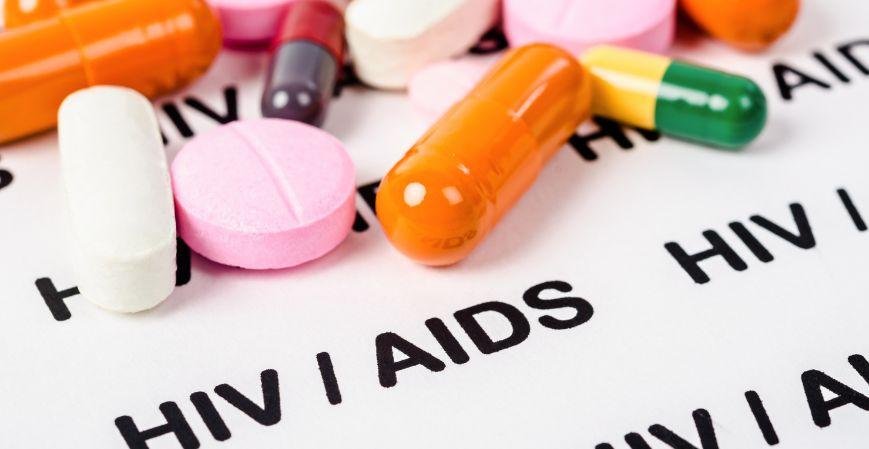How Fast Is the HIV Drugs Market Growing in the US?

The United States HIV drugs market continues to evolve in response to advancements in therapy, rising awareness, and a strong push from both public and private health sectors. With a projected compound annual growth rate (CAGR) of 4.30% from 2025 to 2034, the market is poised for moderate but steady expansion, driven by innovation, demand for better healthcare access, and government initiatives. For a deeper dive into detailed forecasts and analysis, readers can refer to the report by Expert Market Research.
Market Trends and Developments
The current market trends are characterized by the increased preference for long-acting injectables, growing adoption of combination therapy, and the shift towards prevention-based treatments like Pre-Exposure Prophylaxis (PrEP). In addition, the increasing emphasis on patient-centric care, improved diagnostics, and telemedicine are contributing to enhanced treatment adherence.
The United States HIV drugs market is also seeing a growing inclination toward once-daily single-pill regimens, which offer convenience and better compliance. The FDA’s approval of Cabenuva (cabotegravir and rilpivirine) as the first long-acting injectable for HIV-1 treatment is a milestone reshaping the treatment paradigm. Moreover, PrEP regimens like Descovy and Truvada have shown effectiveness in reducing transmission risk, signaling a preventive turn in the treatment approach.
Case Studies and Industry News
A notable case study involves San Francisco’s Getting to Zero initiative, which combines ART, PrEP, and rapid testing to reduce HIV transmission. The city's model demonstrates the potential of comprehensive, community-based approaches to HIV control.
In recent news, Gilead Sciences has expanded its focus on long-acting drugs with the development of lenacapavir, a capsid inhibitor designed for six-month dosing. This development represents a significant leap in reducing treatment frequency and could dramatically improve patient adherence.
The increasing collaboration between private pharmaceutical companies and public health programs is also noteworthy. For example, partnerships between state health departments and companies like ViiV Healthcare are working to extend access to vulnerable populations.
Key Drivers of Market Growth
Several factors are fueling the growth of the United States HIV drugs market:
-
Rising Prevalence of HIV: Despite advances in prevention, HIV continues to affect thousands each year in the U.S., especially in southern states and among marginalized communities.
-
Technological Advancements: The development of next-gen antiretrovirals and once-monthly or bi-annual injectables is expanding treatment options.
-
Government and NGO Support: Programs like Ryan White HIV/AIDS Program provide funding for low-income individuals, ensuring a steady market demand.
-
Increased Awareness and Screening: Public health campaigns and improved access to diagnostic tools are driving earlier and more frequent testing.
Major Players
The market is dominated by a few key players, known for their innovative contributions in HIV treatment:
- Gilead Sciences, Inc
- Janssen Global Services, LLC (a Johnson & Johnson company)
- ViiV Healthcare (a collaboration between GlaxoSmithKline, Pfizer, and Shionogi)
- Merck Sharp & Dohme Corp (Merck & Co.)
- Others
These companies are not only shaping current treatment protocols but also investing heavily in R&D for newer therapies.
Market Segmentation
By Drug Type
- Antiretroviral Therapy (ART) remains the most prescribed treatment type.
- Pre-Exposure Prophylaxis (PrEP) is gaining rapid traction, especially among at-risk populations.
By Drug Class
- Nucleoside Reverse Transcriptase Inhibitors (NRTIs)
- Multi-Class Combination Products
- Protease Inhibitors
- HIV Integrase Strand Transfer Inhibitors (INSTIs)
- Non-Nucleoside Reverse Transcriptase Inhibitors (NNRTIs)
- Entry Inhibitors – CCR5 Co-Receptor Antagonists
- Fusion Inhibitors
- Combination Therapies
- Others
By Route of Administration
- Oral (predominant route)
- Topical (limited but applicable in specific PrEP products)
By Distribution Channel
- Hospital Pharmacies
- Retail Pharmacies
- Online Pharmacies
- Others
Market Analysis and Future Growth Potential
The future of the United States HIV drugs market will likely be defined by precision medicine, long-acting therapies, and enhanced focus on preventive treatments. Furthermore, as more people get tested and linked to care early, the demand for innovative treatment regimens will rise.
Key opportunities also lie in expanding access to underserved communities and integrating care models through digital health platforms. Policies aimed at price transparency and generics availability could also affect the market dynamics significantly.
For a comprehensive overview of current statistics and forecast data, consult the detailed Wikipedia entry on HIV/AIDS in the United States, which provides foundational insights into the broader public health context.





